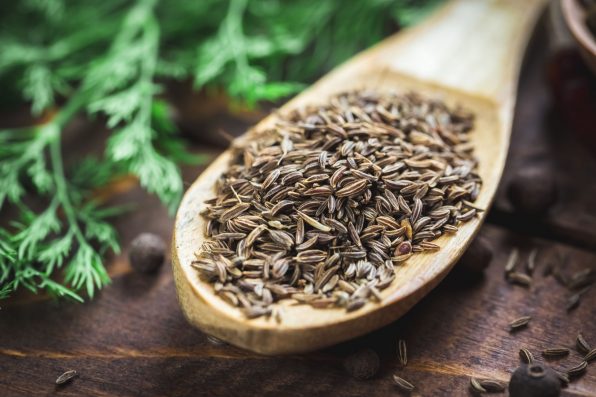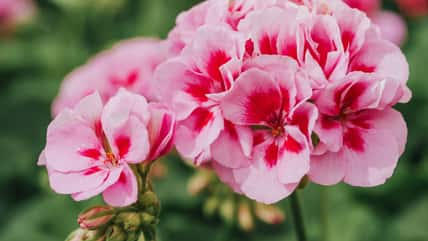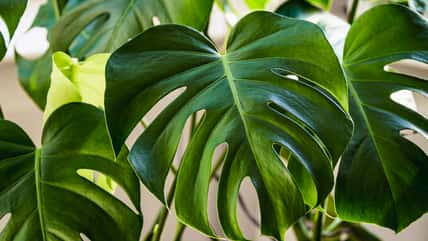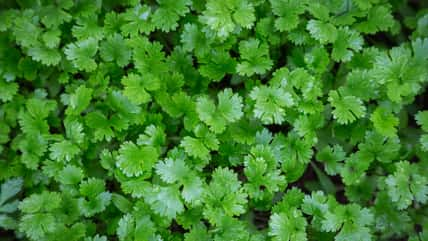Turn Your Garden Into A Gourmet Spice Rack By Growing Cumin And Using The Seeds In Your Cooking: Here’s How

Cumin doesn’t just spice up your dishes – it will add plenty of zest to your gardening journey, too.
Growing this resilient herb brings you fresh, potent seeds that eclipse store-bought ones in flavor. And beyond taste, cumin is a beacon for beneficial insects, promoting biodiversity in your garden.
Plus, the sense of accomplishment gardeners get from using their own home-grown spices in their cooking is a flavor no store can supply.
So, here’s everything you need to know about growing cumin and harvesting the seeds to add some more spice to both your gardening and culinary life.
Timing And Territory: When And Where To Plant Cumin
Cumin thrives in warm, sunny spots, making late spring the perfect time to start. This herb also prefers temperatures between 77°F and 86°F, so timing is key.
Be sure to choose a spot that gets ample sunlight, ensuring your cumin has the warmth it craves. Also, if you’re living in cooler climates, a greenhouse or windowsill can be your cumin sanctuary until warmer days arrive.
How To Plant Cumin
First of all, starting with cumin seeds is the way to go. You should soak them overnight to kickstart germination, then plant them in well-draining soil about a centimeter deep.

Ievgenii Meyer – stock.adobe.com – illustrative purposes only
It’s best to space them out to give each plant room to thrive, aiming for about 15 to 20 centimeters between each seed. Or, if you’re indoors, a deep pot with good drainage will mirror their natural growing conditions, giving them the depth they need to develop strong roots.
When And How To Harvest Cumin
Everyone knows that patience is a virtue, especially in gardening. Cumin also takes its sweet time, usually maturing in around four months.
But don’t worry – you’ll know it’s time when the plant yellows and seeds brown. Then, the harvesting process will be like a gentle art.
First, cut the stalks and hang them upside down in a warm, dry place. Afterward, a paper bag around the seed heads will catch the seeds as they fall, ready to be stored or used.
From Garden To Gourmet: How To Cook With Cumin
Cumin’s journey from soil to spice rack always ends with a sizzle in the pan. You can toast the seeds to unlock their full aroma, then grind them for use in everything from curries to tacos, adding a depth of flavor that’s uniquely yours.
So, freshly ground home-grown cumin has the power to transform a simple dish into a signature one.
Troubleshooting Common Problems
Like any garden project, growing cumin can come with its challenges. Overwatering is a common misstep since cumin’s roots crave oxygen as much as moisture. So, ensure the soil is moist but well-drained.
Pests can also pop up – like aphids and spider mites – since they have a taste for cumin. Neem oil or a gentle soap solution can help keep these uninvited diners at bay without resorting to harsh chemicals.
Sign up for Chip Chick’s newsletter and get stories like this delivered to your inbox.
More About:Gardening





